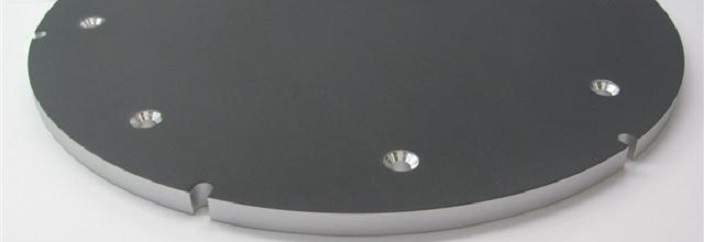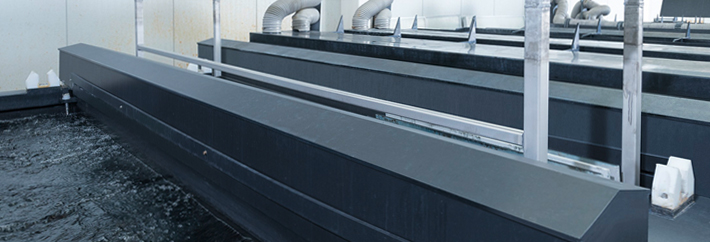Re-Anodizing
Benefits
- Re-anodizing allows component lifetime to be significantly extended by refurbishing the functional top layer. This is a highly cost-effective alternative to a replacement with a new part.
- With re-anodizing, the anodization quality can also be improved by switching to an alternative anodization process in combination with a better post-treatment sealing step.
- Anodizing increases corrosion/wear resistance, and provides a better adhesion of top coatings. Anodic films can also be used for a number of cosmetic effects. Furthermore, anodizing imparts lubricant and dielectric properties.
Properties
- Bond strength up to > 1 GPa
- Typical thicknesses of 25 µm to 50 µm for technical applications
- Reproduction of roughness of base material surface
- High ductility with low stresses
- Porosity dependent on type of anodization and posttreatment process
Anodized components age due to the impact of the external environment, which includes corrosion, wear and friction. As a conversion layer, anodization will become thinner and lose its protective properties, which leads to serious damage of the bulk material. To solve this issue, it becomes necessary to re-anodize the components.
This is slightly different than anodizing for the first time as it is necessary to remove the old conversion layer and prepare the surface. Some repair can also be done on the substrate if the latter is too damaged. Proper masking and tooling is mandatory. The principle of the anodizing process stays the same.
Cleanpart offers complete integrated loops for re-anodizing. During periodic cleaning cycles carried out by Cleanpart, we can assess the overall condition of the component, measure the remaining anodization thickness and determine whether re-anodizing is necessary or not. Re-anodization can be part of a complete refurbishment that can include repair of the bulk material, replacement of helicoids or screws, repair of sealing surfaces and refreshing of Ni-plating.

















